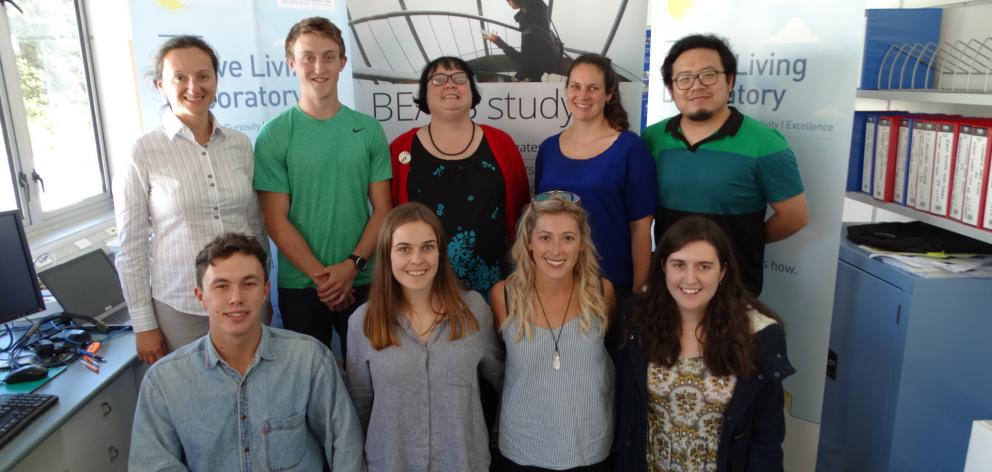
Researchers are fanning out across Otago to find out whether rural school pupils have more active ways of getting to school than their urban counterparts.
The research is the focus of a new phase of a large study.
The Beats (Built Environment and Active Transport to School) Study examined 1780 Dunedin high school pupils in 2014-15.
It found half of Dunedin adolescents were driven to and from school, 30% walked, and just 1.5% rode a bike.
Less than one-fifth of pupils met physical activity guidelines (60 minutes per day), about onequarter met nutrition guidelines and, on average, young people spent five hours per day on sedentary screen time — watching television, computer use, and playing games.

Research leader Associate Prof Sandy Mandic, of the University of Otago School of Physical Education, Sport and Exercise Sciences, said the main reasons given for driving a pupil to school were convenience, heavy bags to carry, traffic, hills and dangerous road crossings in the city.
In the follow-up Beats-R study, which began in February, a team of academics and students are comparing behaviours and attitudes in rural areas.
So far, they have surveyed 300 pupils in five schools and have held focus groups and a mapping session of routes to school and school neighbourhoods with 93 pupils.
About 50 pupils are wearing activity meters.
Prof Mandic said 12 of the 15 secondary schools in rural Otago had been recruited for the Beats-R study, which would run for the next two years.
‘‘Basically, we are repeating the Beats Study, looking at not only cycling to school but also the effects of greater distances to travel in a rural setting.
‘‘There has been very little research done in rural areas before, so this work will be very valuable.’’
The Beats Study continued to attract international attention, and its data was proving valuable to researchers and students across the University of Otago, Prof Mandic said.
The data had been used as a basis for master’s and PhDlevel theses by students across a range of disciplines, including geography, surveying, exercise science and planning, she said.
The Beats Study team had applied for funding for a ‘‘Beats 2’’ five-year follow-up study in Dunedin high schools, which would evaluate the effects of new cycling infrastructure around schools in the city.
‘‘Not only will we have comprehensive baseline data on Dunedin, we will have rural data to compare, as well as a follow-up in Dunedin looking at infrastructure changes,’’ Prof Mandic said.
